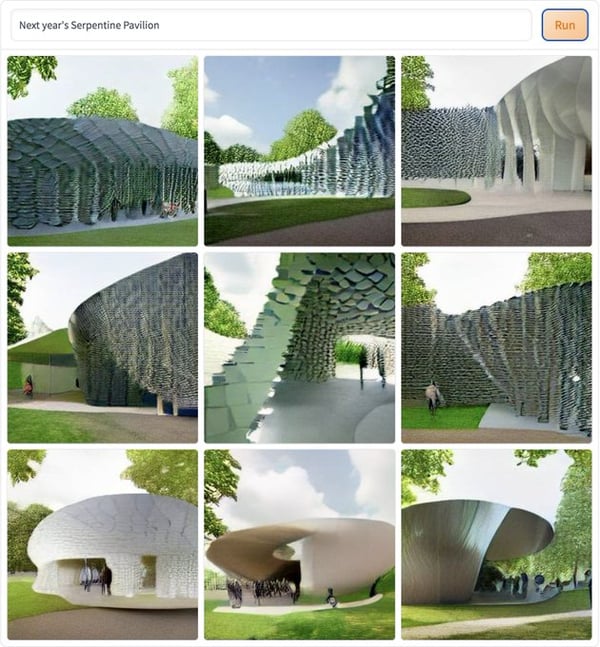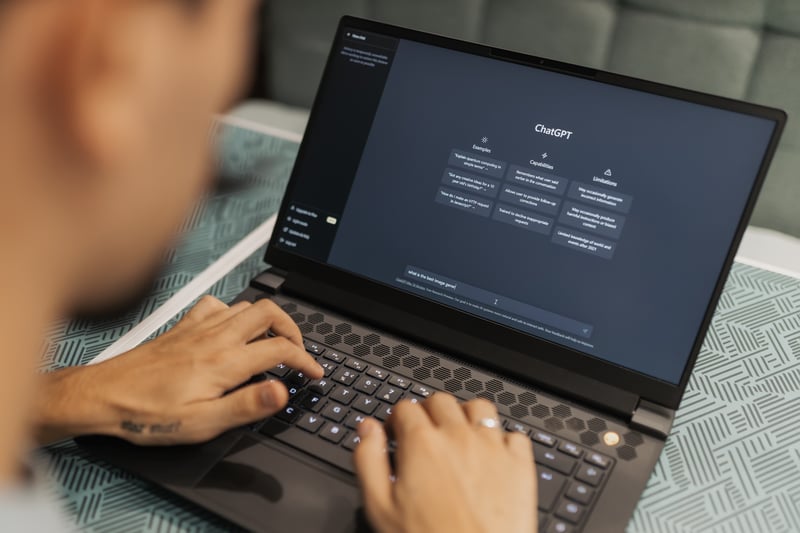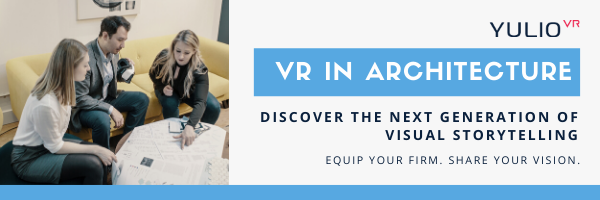These days it seems like you can’t go far on the internet and not hear something about chatbots, image generation, and sound-alike robotic voices. We are currently amid a deep AI craze, and everyone knows about it. However how deep does this craze go? Does it go beyond the trippy images and funny text logs you are seeing across your social feeds? Can this be something that businesses use to their advantage? Well, you can stop wondering because they already are. AI has made its impact and already many businesses have incorporated the use of it into their products and services, and this includes architecture.
AI in architecture is just starting to be explored as it is with many businesses. Many architects are exploring how this new tech can play a role in their design phases. But are we seeing a more permanent role for AI in architecture? Or will this be a fad? We will look at how some architects are using AI and the kind of future we see for AI in architecture as well as many other businesses.
AI in Architecture Design Imagery
One of the first big trends we saw with AI in the last year was the popularity of AI-generated imagery. Social media was filled with images of AI images and people got their first glimpse at the tech. The popular stuff was the memes of silly prompts and the bizarre images created as a result, but we also got some intriguing imagery that seemed otherworldly and intriguing. Many architects at the time experimented with AI imagery and unique design prompts. What we saw were visually interesting results if not fully realistic, however, this still can help with an architect’s design journey.

Image credit: parametric-architecture.com
Anyone in creative roles looks for inspiration. It may come naturally, but finding something to be exposed to that inspires you can be difficult for those with a creative block. Now architects can go to an AI image tool and enter a design prompt that can fit with the theme of the project they need to work on. They could as “Building with nature elements” or “Glass structure with a water motif” and AI will come up with something that fits those themes. Some architects find it a great jumping-off point and it fits well into their sketching and design phase. At that phase, accuracy and specific dimensions are not a major worry as it is about creating the vision at first that will influence the work that comes after.
There is however a caveat to AI image generation. In the wake of the AI image popularity online, many artists and creators found concern in how easily people embraced these images. Their livelihood was threatened obviously, but there also came some concern with how the image tool worked. AI image generation is based on the vast number of images available to them and it creates new imagery as a combination of the media it sees, pulling bits and pieces to create something new. Many artists worried about this and possibly having their artwork and designs used in this, effectively copying their content. AI is also able to imitate a specific style of design and many thought that they would lose business to an AI tool that could mimic their work. We mention all of this as AI Imagery is still a hot topic in many design communities and many worry about plagiarism when it comes to using AI imagery.
Text AI in Architecture Design
Despite architecture being a very visual industry especially when it comes to the design process, text AI could still be used in the designing of a building. Most chat AI has access to a large amount of information that you can use almost as a search engine tool. We’ve heard of architects asking for help with building codes, zoning, floorplan recommendations, and design trends. It can be a good place to go and ask for some quick research that could be a more monotonous part of the design/research process.

Like image generation, we can see text AI as a great jumping-off point for content and research. It probably isn’t at the part yet where it can fully construct something like an RFP or a proposal, but it can help you plan and outline one and help you fit things into place thanks to its knowledge about the topics at hand. We’ve heard of other industries doing similar things with chat AI. It’s being used to increase efficiency in content creation.
Efficiency Should be the Goal When Using AI
The main way we are seeing AI implemented in architecture and many industries is as a starting point and a way to increase efficiency. It can save you time with some of the more monotonous research phases and can offer some quick inspiration when it comes to design and content creation. We recommend trying out a chat ai yourself with some prompts to see how effective you find it. ChatGPTprompts has some prompts that you can try yourself to see how they fit with you.
However, based on the nature of the tech and where the quality is today, it seems unlikely that AI will be used in a final product with clients as a human eye and touch are still needed to make the work original and avoid infringing on the designs of others.
Want to learn how other tech is influencing the architecture industry? Check out our guide to everything you need to know about VR in architecture. Also, check out our article on being an early VR adopter in architecture and how you can stand out from the competition.



